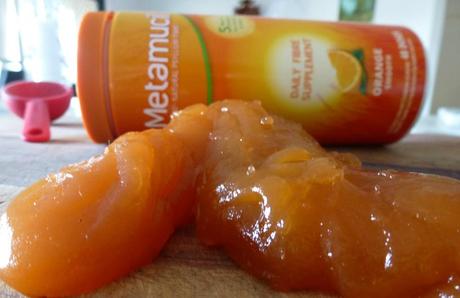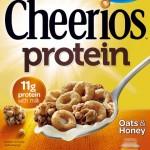
If you’ve been Vegan for any length of time now, you know by now that all of your family and friends are going to be concerned about your protein. Count on it.
It’s as if all of a sudden, everyone is a nutrition expert and knows that by not eating meat, you’re not going to get enough protein
Funny huh?
I usually tell them, “Don’t ask me about my Protein and I won’t ask you about your Cholesterol”

Bottom line is this folks, if you’re getting enough CALORIES – you’re getting enough protein. Plain and simple. I mean seriously, look around you…. what do you see? Obesity? Sickness? Fast Food Restaurants on every corner? Do you REALLY think we have a Protein Deficiency here in America? No. We’re definitely getting enough calories, and along with that – way TOO much protein.
In fact, in one of the largest studies in history comparing plant-based diets, researchers compared the nutrient profiles of about 30,000 non-vegetarians to 20,000 vegetarians and about 5,000 vegans. And what they found was that everyone, meat-eaters, vegetarians, and vegans alike, were getting in fact way more protein than they actually needed.
So don’t worry about your protein.
However there IS a nutrient that we should be concerned with.
Fiber
Less than 3% of Americans get even the recommended minimum adequate intake of fiber. And by fiber I mean fiber from foods – not that gross orange stuff that comes in a bottle.
On average, we Americans eat about 15 grams of fiber per day. But according to the publication “Dietary Guidelines for Americans, 2010,” we should be getting 14 grams for each 1,000-calorie increment in our diet.
That means for a 2,000-calorie diet, we need at the very least, 28 grams of fiber daily, almost double to what we normally get.

The reason we are not getting enough? Pretty simple actually. Most Americans don’t have a clue what’s actually in their food. Seriously, more than half of Americans think STEAK is a source of fiber! I hate to break it to you, but meat has no fiber. Neither does dairy, eggs, olive oil, fast food , or processed junk food.
And this is what 97% of Americans eat. This is our SAD diet. Pretty sad indeed wouldn’t you think?
So what does that mean? What happens if we don’t get enough? Why is this so important ?
The Importance of Fiber
Fiber comes in 2 forms, soluble and insoluble and they both do a LOT to keep us healthy. Mainly it gives us a sense of satiety after we eat, makes us feel full, which prevents overeating and gaining weight. It also adds bulk to our stools (poop) preventing constipation and keeping us regular.
Not to get too gross - but the average person should have a regular bowel movement every single day. If it’s anything less than 3 times a week – you’re technically constipated. Time to up the fiber. And – you shouldn’t be dropping little Bambi pellets either. If your stools are small and hard – it’s another sign you need to add a bit more fiber to your diet. The goal? Think sausage-shaped – or snake-like – and smooth…..
Ok – end of poop talk. Moving right along….
Population studies have also shown that fiber has been protectively associated with the risk of diabetes, metabolic syndrome, cardiovascular disease, obesity, and various cancers as well high cholesterol, blood pressure, and blood sugars.
Fiber may also play a role in the prevention and/or treatment of:
- Breast cancer
- Colon cancer
- Constipation
- Diabetes
- Diverticulitis
- Gallstones
- High cholesterol
- Irritable bowel syndrome
I would say that this is important enough to pay a little more attention to fiber in our diet. Bud sadly 97% of us don’t.
Best Sources of Fiber
Of course fiber is only found in one food group. You guessed it – plants.
Not steak, not eggs, not cheese, not even Metamucil.
Plants.
Legumes and beans are very high in fiber. Just one cup of cooked lentils can provide as much as 15.6g. Vegetables are also a good source. One cup of cooked peas can net almost 9g. Even fruit – especially berries are high in fiber.
And of course whole grains – like oatmeal. With only 130 calories, 0 fat, and 4 grams of fiber per cup, oatmeal truly is the perfect breakfast food. And it even has protein too.
So eat up – it’s just one more reason why a well-balanced Vegan Diet is one of the healthiest diets on the planet.

